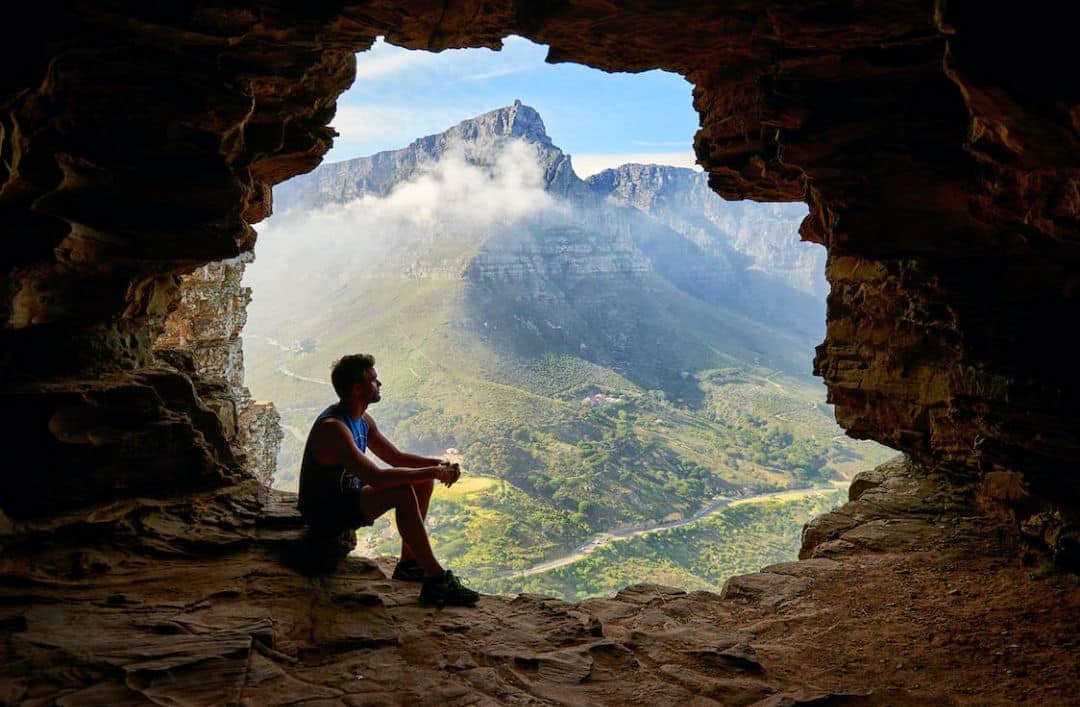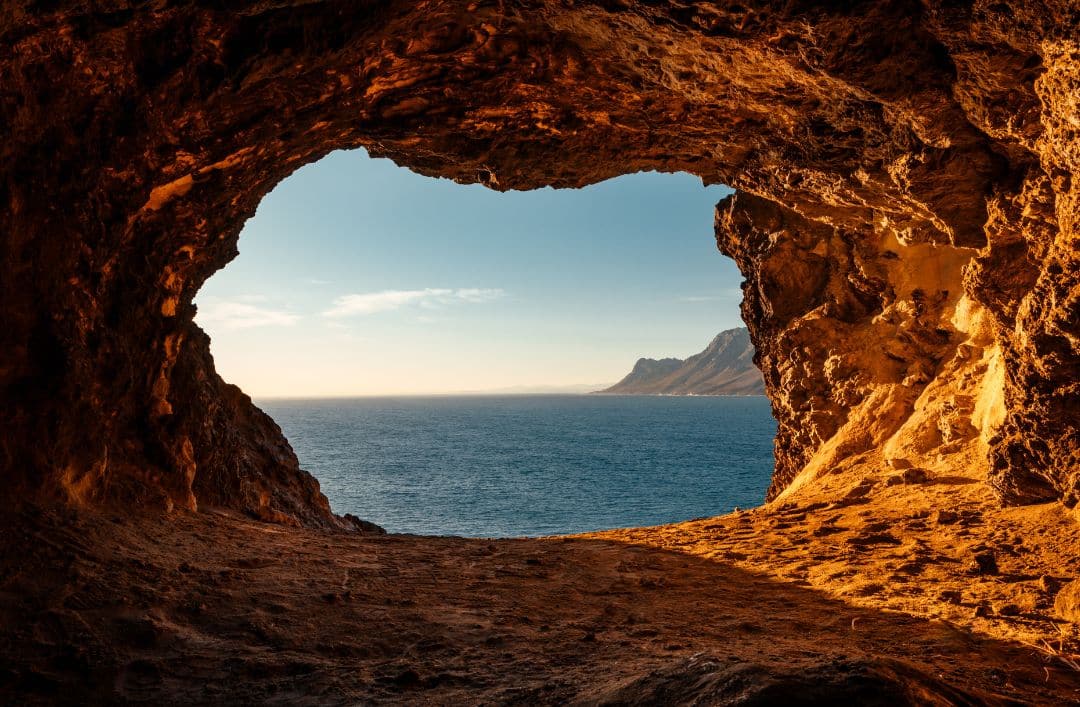It might not be the best known attraction of the Costa Blanca Norte, but the interior of many of the region’s mountains harbour a network of caves (some of which are open to visitors while others remain inaccessible) that enrich the landscape, and when you venture inside some of them you may well come across vestiges of the past life of this place.
The latest exciting news about the world of caves concerns Cova de les Morretes in Benitachell. Following some important 20th century finds involving treasure, work on restoring the cave has now been completed and if you are walking the Ruta dels Penya-Segats trail, you will come across it in an exclusive location that boasts some of the finest views of the Costa Blanca Norte. A museum no less, that looks out to sea.
These caves once served as a refuge for locals who struggled to make a living from fishing and by working the adjacent terraces. In order to supplement their meagre income, they also dabbled in a bit of smuggling, most likely tobacco.
Having completely restored the walls, roof and some of the interior elements, while at all times keeping the essence of the place and its original materials, the idea of this Cultural Heritage site is to “museumise” the cave so that it can be visited both physically and virtually, making it accessible to anyone interested in paying a visit. So now you have something more interesting to do on your Sunday hiking trail near Cumbre del Sol!
Costa Blanca Norte: cave area
If a visit to the Cova de les Morretes has whetted your appetite, you’re in luck. As we mentioned, the Costa Blanca Norte harbours a multitude of caves to visit or view on your country walk. We tell you about some of them below.

Rull Cave
This cave is in Vall de Ebo. It was discovered by José Vicente Mengual, known as Tío Rull, in 1919. In the 60s it was restored and made available for visits, and remained open to tourism until 1970. Later it was inherited by his heirs who sold it to the Public Authority in in 1995 and it was again opened to tourists, once the installations had been refurbished. Today it is open to the public and you can also take advantage of a guided visit as well.
Las Calaveras Cave
This cave which was discovered in the 16th century is in Benidoleig and is 70 metres above sea level. Its takes its name from the fossilised remains of hyenas, horses, bears, bulls hippopotamus and rhinoceros that were found in the cave interior, which are now housed in Alcoy museum.
Adsubia Cave
Also known as the cave of Canalobres (not to be confused with the Caves of Canelobre) you will find this cave in Adsubia. It is a perfect example of a little corner of the subterranean world that conceals a wealth of valuable natural treasures that are guaranteed to make your visit an amazing experience.
Canelobre Caves
These caves are found in Busot and they are probably the best known of this whole list. They consist of a space extending over more than 80,000 m², accessed through a 45 metre tunnel, in which water and rock have combined over centuries to create impressive stalactites, stalagmites and columns. One interesting fact in this regard is that the roof of the cave is one of the highest vaults in the whole of Spain, measuring 70 metres high. Not only that, due to its magnificent acoustics, it has been used on numerous occasions for music concerts.
As always, the Costa Blanca Norte can surprise you when you are least expecting it. In this blog post we have told you about the caves that can be found in the mountain areas, however, in an upcoming post we plan to tell you all about the wealth of marine caves that lie under the Mediterranean waters. Keep an eye open for our future blog posts!
This post is also available in: EspañolFrançaisNederlands

